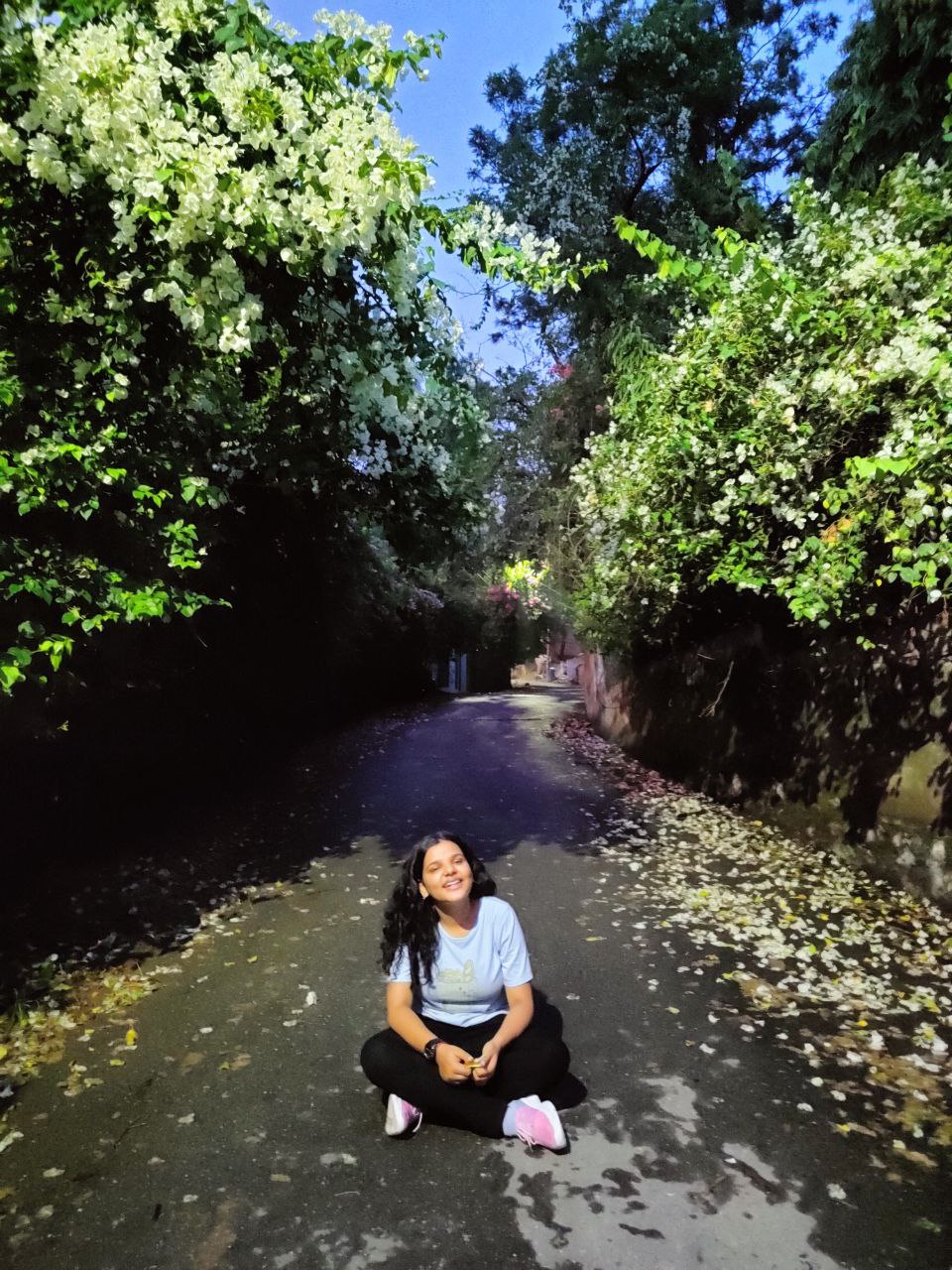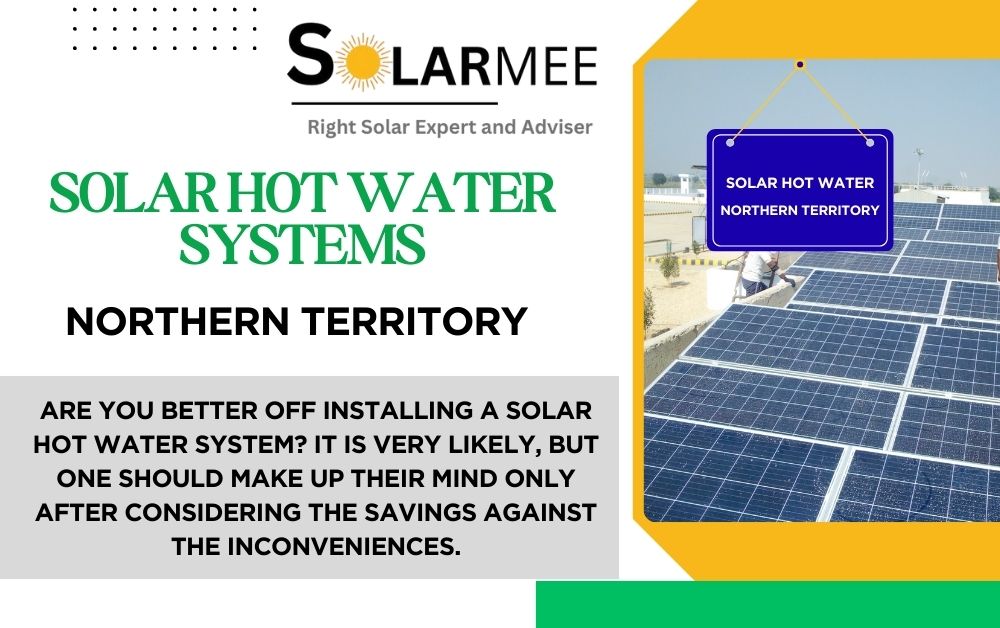Essentially, a solar hot-water system is a clever rooftop installation that collects the sun’s energy and converts it into water for the taps of your home. The panels draw the sun’s rays, the heat gets transferred into a tank, and then you can have your shower or wash your dishes with water that is hygienic, and the electricity has not been used.
Folks all over Australia seem to like them because the electric bill shrinks and the smoke stack gets a little less busy. In fact, Australia’s been tinkering with this gear since the 1950s, so there are probably millions of them humming on rooftops right now. Up north, the sun feels like a constant fire‑hose. Darwin, for example, gets more daylight than most places can count on.
That steady glare makes solar hot water look especially handy. It could slash power costs there more than anywhere else. Imagine standing on a balcony at noon, feeling the heat on your skin; that same heat could be heating your water for free if you set up the right system. This brief guide will highlight a few models that appear to suit the Northern Territory’s scorching conditions. We’ll talk about size, the kind of collector, and what the price tag might look like.
Regardless of whether you are living on a busy city street or far away on a cattle station, a solar hot water system would be able to simplify your life a little and make it less harsh for the environment, though the panels will still need cleaning from time to time, and the initial cost is quite high. Are you better off installing a solar hot water system? It is very likely, but one should make up their mind only after considering the savings against the inconveniences.
Why Solar Hot Water Systems Are Popular in the Northern Territory
For a few good reasons, solar hot water equipment is rather widespread up in the Top End. First, the weather: the NT almost continuously soaks up sunlight, thus you have a lot of heat slamming those panels. Instead of asking the power provider for money each month, it’s almost as though the roof is stealing free power from the sky.
There is then the cost of power. Bills have been rising, rising; people are searching for something less costly. Switching to solar hot water may feel a little expensive at first, but after a few years, a family like the Joneses may be taking a few hundred dollars off their bill annually. That adds up, eh?
And, well, one cannot overlook the earth’s slope. When solar power is consumed, less coal and gas are burned, and thus less smog is produced in the city. Although it is not an instant solution, it is a move that looks positive, just as one would feel when starting to recycle and thinking of having contributed. Naturally, certain people wonder if the panels will survive the wet season or worry about the early cost.
Although legitimate, several local people argue that the advantages ultimately outweigh the hazards. NT houses seem to click for solar hot water overall: sunshine, savings, and a little bit of green-thinking together in one.
How Solar Hot Water Systems Work
Solar hot water systems basically steal the sun’s heat and turn it into warm water. The panels, what the pros call collectors, sit on a roof and sip sunlight, then, kinda like a giant kettle, they heat up water that sits in a tank downstairs. My cousin in Katherine swears his tank never runs cold, even when a storm rolls through, because there’s an extra electric heater that kicks in if the sun decides to nap.
In the very hot areas of the NT, that “extra” is rarely used, so households save a lot on their energy bills. However, in a cooler area such as the outskirts of Katherine, the backup may be annoying with gas prices going up.
That leads to maybe the best way to know if it is worth it or not: a look at the “Solar Hot Water Systems Northern Territory” government PDF file or a visit to the local council office for an easy-understood version of the story. To wrap it up, the technology is effective, but the additional heater may be causing some users to pay more than they think.
Also Read: Solar Hot Water Systems Tasmania

Types of Solar Hot Water Systems
Type of System | How it Works | Pros (Good Points) | Cons (Limitations) | Best for NT Residents |
|---|---|---|---|---|
| Flat Plate Collectors | Directly, panels soak up sunlight and heat water. | Simple design, inexpensive to purchase, performs well in sunny NT temperatures. | Not as good in overcast or colder locations, requires a roof area. | Perfect for most NT homes, given the hot and bright climate. Northern Territory’s top solar hot water system. |
Evacuated Tube Collectors | Glass tubes can capture heat to a greater extent compared to flat plates. | Very efficient, even on cloudy days, heats water quickly. | More expensive, can be harder to maintain. | Good for parts of NT that have mixed or cooler weather conditions. |
Heat Pump Systems | Operates like a fridge in reverse, heating water with air. | It can work without direct sunlight, lower energy use than normal electric heaters. | Higher upfront cost, not as eco-friendly as pure solar. | Useful where direct sunlight is less or for shaded houses in NT. |
Benefits of Installing Solar Hot Water Systems in NT
Putting a solar hot‑water tank on a house up in the NT kinda feels like a no‑brainer. The sun’s free heat does the work, so the electric bill drops a little each month, maybe ten bucks, maybe more, depending on how many showers you take. Over a few years, that adds up, you know? The panels aren’t fragile either; they’ll sit there for a decade or two with hardly any fuss. Once you’ve got it set up, you don’t need to check it every day – just a glance now and then.
It also helps to lower your carbon emissions into the atmosphere. Turning to solar energy instead of gas or electricity helps everyone by keeping the air somewhat cleaner. Rebates are also offered by the government of the Territory; therefore, the first price is not as intimidating as it seems.
Hence, if a family in Darwin chose solar hot water, they most certainly would have lower energy bills, a sustainable system, and all at once, little strides toward a greener future. The reward looks to be worth it, even if installation can be difficult.
Factors to Consider Before Choosing a Solar Hot Water System
Before you pick a solar hot‑water heater for a house up in the NT, you’ve gotta think about a couple of things. First off, how many people actually live there? A family of six will probably need a bigger tank than a couple of retirees. A smaller crew might get away with a tiny unit that’s just common sense.
Then there’s the money side. At first, solar equipment is quite expensive; however, it might be a good investment in the long run. Nevertheless, it may be a good idea to weigh the initial cost against the future savings before finalizing any agreement.

Best Solar Hot Water Systems in Northern Territory (Review Section)
When you’re picking a solar hot water setup up here in the Top End, you probably think “it’s gotta handle the heat and the sun”. That’s a fair guess, but there are a few things to keep in mind. Rheem’s name comes up a lot. Lots of families in Darwin swear by their Rheem tanks. They say the units feel solid and the warranty papers look real.
They seem to work fine even when the temperature spikes past 40°C. Still, some of the older guys on the town council have mentioned that the service calls can take a week, so that might be a hiccup.
- Then there’s Apricus with those glass tubes you see on the roofs of a few outback hotels. The tubes heat water fast, even when clouds drift by. It looks fancy, and the energy bills drop, but the price tag is a bit higher. My neighbour, who tried one, said the installer needed special tools, which made the job take longer than expected.
- Solahart is another brand you’ll hear about at the hardware store. Their kits are built to survive dust storms and the kind of heat that can melt asphalt. They also hand out long warranties, which gives the Smiths at the corner shop some peace of mind. On the flip side, a couple of the installers mentioned the parts can be pricey if something breaks.
- Local guys like Chromagen and a few small shops sell decent kits for less cash. Their crews know the streets, so they fix things quickly. Some people worry the cheap models might not last as long, but for a family on a tight budget, they might be just right.
- All in all, Rheem and Solahart feel safe for the long run, Apricus gives you top efficiency if you can swing the cost, and the local suppliers keep things affordable. You’ll have to weigh up what matters most – price, speed, or peace of mind.
Government Incentives & Rebates in NT
Living up in the Northern Territory, you might find the gov’t willing to pitch in when you slap a solar hot water tank on your roof. One thing that seems to help is those Small‑Scale Technology Certificates, e STCs. They kinda work like a discount, so the cash you need upfront may be less.
How many do you get? It looks like it depends on how big your system is and where you live. Usually,, you’ll talk to the installer, and they’ll sort the paperwork ou don’t have to. If you’re curious, just Google the official NT government guide PDFs. Those pages list the steps and the forms. They also show the newest rebate updates, therefore making it a bit easier, though some folks still find the whole thing a little confusing.
Maintenance & Long-Term Care Tips
Frequent upkeep is essential for solar hot water systems in NT to run effectively for years. Every few years, get your system maintained to guarantee everything operates as it should.
Examine the collector panels on the roof for damage and cleanliness. Ensure also that your backup system is running so you always have hot water even on gloomy days. The safest approach is to have a professional install and evaluate the system.
Also Read: Solar Hot Water Systems in Australian Capital Territory (ACT)
Conclusion
Living here in NT, I watch the sun beat down on the roof every summer. It made me think a solar hot‑water tank could work for a family like mine. The sun’s relentless here, so using its free heat could cut the electric bill a lot, even by half. It also seems to lower smoke we puff into the air, which helps outback wildlife.
The government tosses rebates around, so cost might not be as scary. Before I signed anything, I chatted with a bloke from a local shop; he showed me a few models and warned that a big tank could need more space than my tiny yard has. Picking the right size feels like a gamble, but the payoff could be lower bills and a cleaner feel for the future. So turning to solar hot water might be a simple, greener step for us.

“Hi, I’m Ishita ,a content writer who loves turning ideas into engaging stories. I specialize in writing blogs, articles, and website content that connects with readers. Over the past few years, I’ve worked with startups and companies to create clear, creative, and impactful content. When I’m not writing, you’ll usually find me reading or exploring new ideas for my research. This website is my space to share my work and connect with people who value quality writing.”




